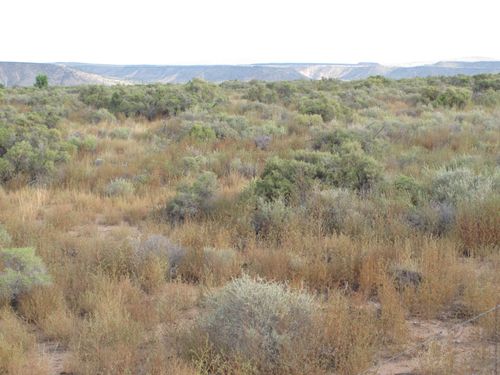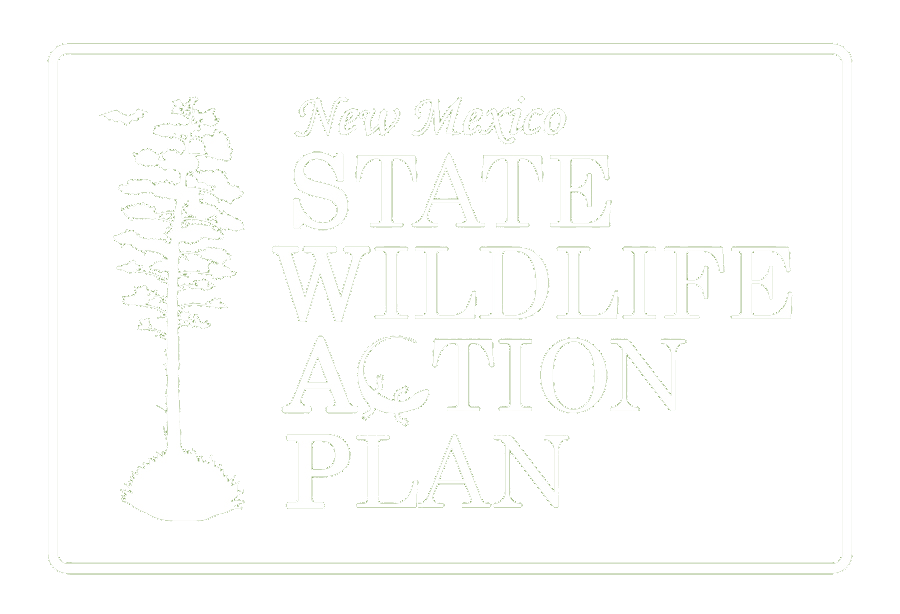
SWAP Habitat
Intermountain Dry Shrubland & Grassland
NVC Name
Great Basin & Intermountain Dry Shrubland & Grassland (M171)
SWAP General Vegetation Type
DESERT GRASSLAND and SCRUB
The Intermountain Dry Shrubland and Grassland [M171], which occurs at 1,450-2,320 m (4,750-7,610 ft) elevation mostly in the Colorado Plateaus and Arizona/New Mexico Mountains ecoregions, is dominated by grasses with scattered shrubs (shrub-steppe). Cool-season grasses are often dominant, including Indian ricegrass (Achnatherum hymenoides), Letterman’s needlegrass (A. lettermannii), needle and thread, muttongrass, and Sandberg bluegrass (P. secunda), but warm-season grasses can also be prevalent such as blue grama (Bouteloua gracilis), James’ galleta, alkali sacaton (Sporobolus airoides), and sand dropseed (S. cryptandrus). While shrubs are usually subordinate to grasses, they can be diverse and include big sagebrush, yellow rabbitbrush, Torrey’s jointfir (Ephedra torreyana), Mormon tea (E. viridis), rubber rabbitbrush (Ericameria nauseosa), winterfat (Krascheninnikovia lanata), sand sagebrush (Artemisia filifolia), and fourwing saltbush (Atriplex canescens). Forb cover is sparse but can be diverse; representative species are fineleaf hymenopappus (Hymenopappus filifolius), hoary tansyaster (Machaeranthera canescens var. ambigua), and scarlet globemallow (Sphaeralcea coccinea).
This habitat is commonly found in swales, playas, mesa tops, plateau parks, canyon bottoms and slopes, foothills, alluvial terraces, and plains. Soils vary from deep to shallow, and from sandy to finer textured. The substrate is typically derived from sandstone or shale. Some occurrences on sandy soils have a high cover of cryptogams on the soil surface.
